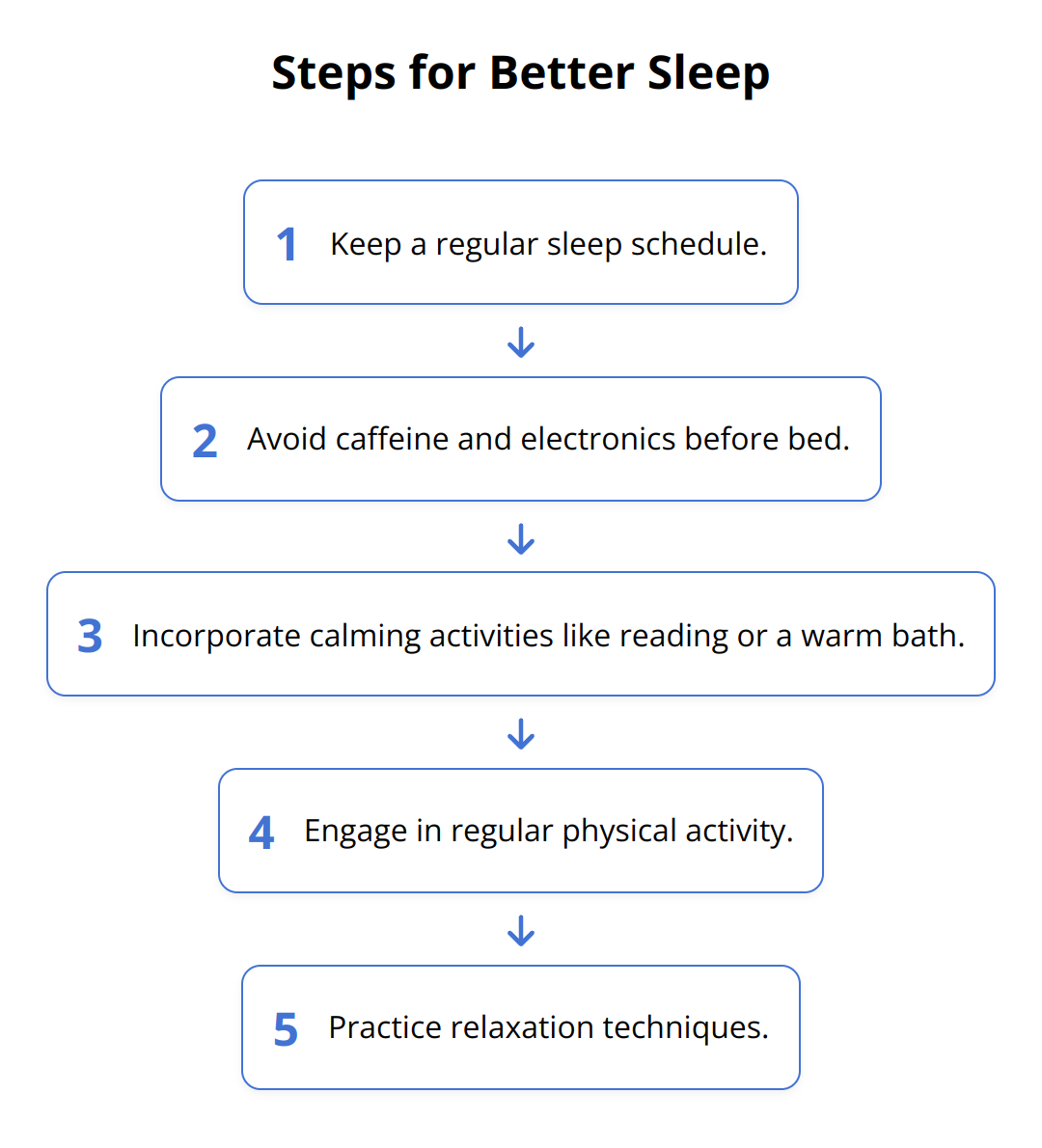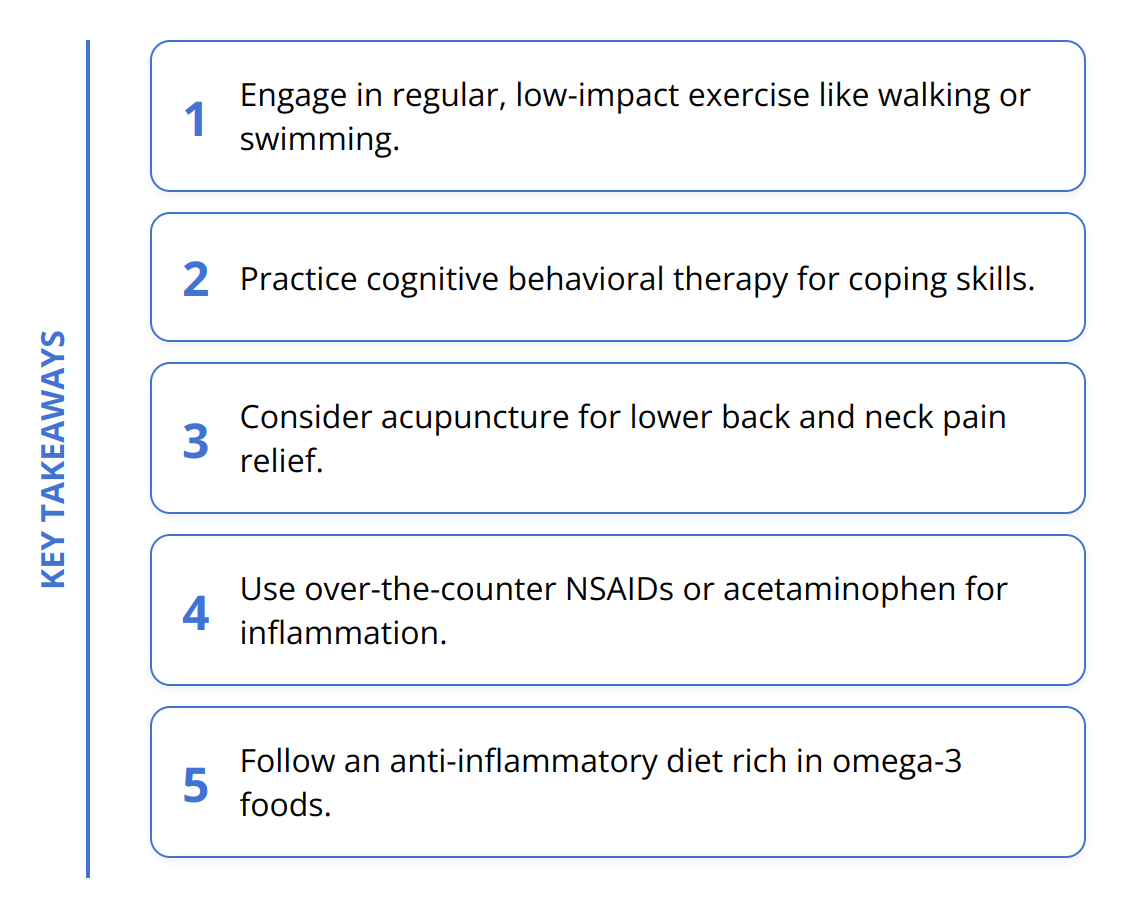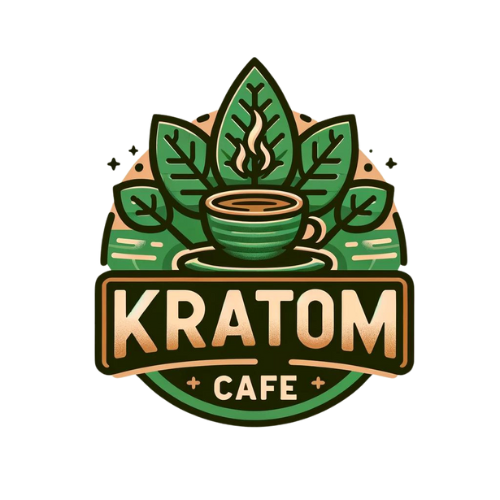Managing chronic pain can be challenging, but there are many methods to help improve your quality of life. We at Kratom Cafe have compiled effective non-pharmaceutical interventions, pharmaceutical options, and alternative treatments.
By understanding these approaches, you can make informed decisions about your pain management strategy.
Consulting healthcare providers is essential for a personalized plan that addresses your unique needs.
What Non-Pharmaceutical Options Work for Chronic Pain?
Non-pharmaceutical interventions often provide significant relief for chronic pain and can be used in conjunction with other treatments. Here’s a closer look at some practical solutions:
Physical Therapy and Exercise
Physical therapy is a proven method for managing chronic pain, particularly for conditions like arthritis, fibromyalgia, and lower back pain. Physical therapists design personalized exercise programs to improve strength, flexibility, and endurance. Regular, low-impact activities like swimming, walking, and biking can also be beneficial. For instance, a study published in JAMA indicated that over 50% of chronic pain sufferers who participated in a guided exercise program reported significant pain relief.

Cognitive Behavioral Therapy (CBT)
CBT addresses the psychological aspects of chronic pain. It helps patients reframe their thoughts about pain and develop coping skills. Research shows that CBT can reduce the severity of pain by 20-30%. Techniques include mindfulness, relaxation exercises, and the development of healthy thinking patterns. This approach not only targets pain but also mitigates depression and anxiety associated with chronic pain.
Acupuncture and Massage
Acupuncture involves placing very fine needles at specific points in the body to balance energy flow, known as Qi. According to a 2018 study in the Journal of Pain, 60% of participants reported pain relief after acupuncture sessions. Similarly, massage therapy can reduce muscle tension, improve circulation, and increase the range of motion. The American Massage Therapy Association states that 54% of individuals receiving massage reported better pain management.

Acupuncture and massage are particularly effective for:
-
Lower back pain
-
Neck pain
-
Osteoarthritis
-
Migraine relief
If you’d like more detailed guides on herbal pain management, this article might be useful.
Non-pharmaceutical methods offer sustainable and often safer ways to manage pain. Implementing these practices can lead to long-term improvement in pain levels and overall well-being.
What are the Pharmaceutical Options for Chronic Pain?
Pharmaceutical treatments are often considered when managing chronic pain. Here’s a look at some of the main options:
Over-the-Counter Medications
For many individuals, over-the-counter (OTC) medications are the first line of defense. These include nonsteroidal anti-inflammatory drugs (NSAIDs) like ibuprofen and aspirin, which are helpful for reducing inflammation and pain. Acetaminophen is another common choice, particularly for those who need pain relief without the anti-inflammatory effects. Studies have shown that 70% of people with osteoarthritis experience pain relief from regular use of OTC medications.
Prescription Pain Relievers
When OTC options prove insufficient, prescription pain medications become an important component of pain management. These can include opioids, which are typically reserved for severe pain conditions such as post-surgical pain or advanced cancer pain. However, due to their high risk of dependency and addiction, they are usually prescribed with caution.
Other prescription options include:
-
Antidepressants: Certain types, like amitriptyline, can help with neuropathic pain.
-
Anti-seizure medications: Gabapentin and pregabalin have shown efficacy in treating nerve pain.
-
Topical treatments: Creams and patches containing lidocaine or capsaicin can be effective for localized pain areas.
Potential Risks and Side Effects
While pharmaceutical solutions can offer significant relief, they come with potential risks and side effects:
-
NSAIDs: Long-term use can lead to gastrointestinal issues, cardiovascular risks, and kidney damage.
-
Opioids: High potential for addiction, tolerance, and overdose.
-
Antidepressants and anti-seizure medications: Can cause drowsiness, dizziness, and weight gain.
It’s estimated that about 10% of individuals using long-term opioid therapy struggle with addiction, underscoring the need for careful management and alternative treatments.
Here are a few practical tips when considering pharmaceutical options:
-
Always consult a healthcare provider for a personalized treatment plan.
-
Be aware of the potential interactions with other medications.
-
Track your medication usage and any side effects.

For more information on how to incorporate additional pain relief strategies, see our guide on herbal pain management.
Pharmaceutical options offer powerful tools to manage chronic pain but should be used thoughtfully to minimize risks.
What Alternative Treatments Help with Chronic Pain?
In addition to non-pharmaceutical and pharmaceutical options, alternative treatments and lifestyle changes can significantly improve chronic pain management. Here’s a look at some practical approaches:
Dietary Adjustments and Nutrition
What you eat impacts your pain levels. A diet rich in anti-inflammatory foods can help reduce symptoms. Foods high in omega-3 fatty acids, such as salmon and walnuts, have anti-inflammatory properties.
Studies in Nutrition Journal found that individuals with chronic pain who followed an anti-inflammatory diet reported a 30% reduction in pain levels over 6 weeks. Incorporating leafy greens, berries, and nuts offers added benefits. Limiting processed foods and sugars is also critical, as they can exacerbate inflammation.
Mindfulness and Meditation
Mindfulness techniques offer an effective way to manage chronic pain. Practices like meditation can help refocus thoughts and reduce pain perception. Clinical trials show that meditation can lower pain severity by up to 25%.

Incorporate mindfulness by setting aside time each day for meditation. Even 10 minutes of focused breathing or guided imagery can make a difference. Mindfulness reduces stress, which can amplify pain.
Importance of Sleep and Stress Management
Quality sleep is crucial for pain management. Chronic pain often disrupts sleep, creating a cycle that exacerbates pain. Establishing good sleep hygiene is essential. Aim for consistent sleep schedules, and create a calming bedtime routine.

Stress management techniques such as yoga and deep-breathing exercises can mitigate pain levels. The American Psychological Association found that reducing stress can lower chronic pain by 20%.
For a comprehensive look at how sleep affects chronic pain, see this guide on better sleep.
Incorporating these lifestyle changes can offer significant relief and better manage chronic pain. Moving beyond medications and integrating these practices can lead to a healthier, more balanced life.
Conclusion
Effectively managing chronic pain involves a multi-faceted approach. Non-pharmaceutical options like physical therapy and cognitive behavioral therapy offer significant relief. Techniques such as acupuncture and dietary adjustments also play a supportive role. On the pharmaceutical side, OTC and prescription medications are vital but come with risks that require careful consideration.

Personalization is key. Tailoring treatments to individual needs ensures better outcomes and minimizes risks. Consulting healthcare providers is essential to develop a comprehensive and suitable pain management plan.
For additional insights on managing chronic pain, visit Kratom Cafe. We provide expert advice and extensive resources to help you navigate your pain management journey.
By integrating these best practices, you can improve your quality of life and manage pain more effectively.

